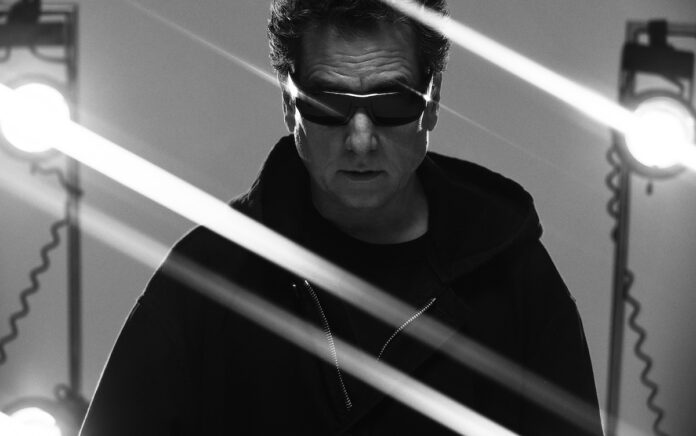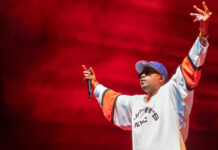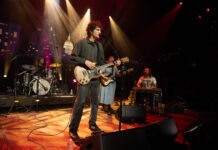As I greet Mike Dean over a video call, it’s five days until the closing of the first round of voting for the 2026 Grammy Awards. His production work on the Weeknd’s Hurry Up Tomorrow is up for 10 categories. I ask him if there’s a particular category he’d like to win. “I’ve never won Song of the Year or Record of the Year…” he says, sitting in the kitchen of his California home, wearing a gray T-shirt, sipping a glass of ice water, and occasionally inhaling from his bong. “I’ve been nominated several times, and just never got the big category.”
Dean’s not nervous, though. His life doesn’t depend on it, he says. After all, the producer, audio engineer, and multi-instrumentalist has been nominated for 19 Grammy Awards, winning seven of them, most recently in 2022 for Best Rap Song as one of the songwriters for Kanye West’s “Jail,” featuring Jay-Z.
Over his more than 30-year career, Dean—who’s known for his synth-heavy production sound—has worked with 2Pac, Scarface, Madonna, Selena Gomez, Lana Del Rey, and countless others. He’s also released his own music, the six-album 4:20 series.
Dean started out in music as a pianist and keyboard player, eventually getting into synthesizers in high school.
Fresh after graduating in 1983, he started playing with Mexican-American singer Selena. “I’d be in the studio with her, and that’s whenever I started hitting record and overdubbing keyboards and producing,” he says. “That was the beginning of it, I guess, with Selena.”
Dean eventually got into hip-hop, working alongside artists such as Scarface, Geto Boys, and the Dogg Pound before forming a partnership with West as a producer, engineer, and multi-instrumentalist on almost all of his albums. Then there’s Travis Scott, with whom Dean has collaborated on all of his music since 2013.
But it’s Dean’s creative long-term team-up with the Weeknd, of course, that’s been keeping him busy lately, having just finished touring with him on his After Hours til Dawn stadium tour. Dean was not only the opener, but on some dates, he performed alongside Playboi Carti and Kaytranada.
Now, as Grammy season rolls around, Dean has solidified his status as a legend in the field, with way too many accomplishments to mention here. In our brief chat, we only scrape the surface of all that he’s done throughout his career, how he approaches producing, and how he wants to be remembered.
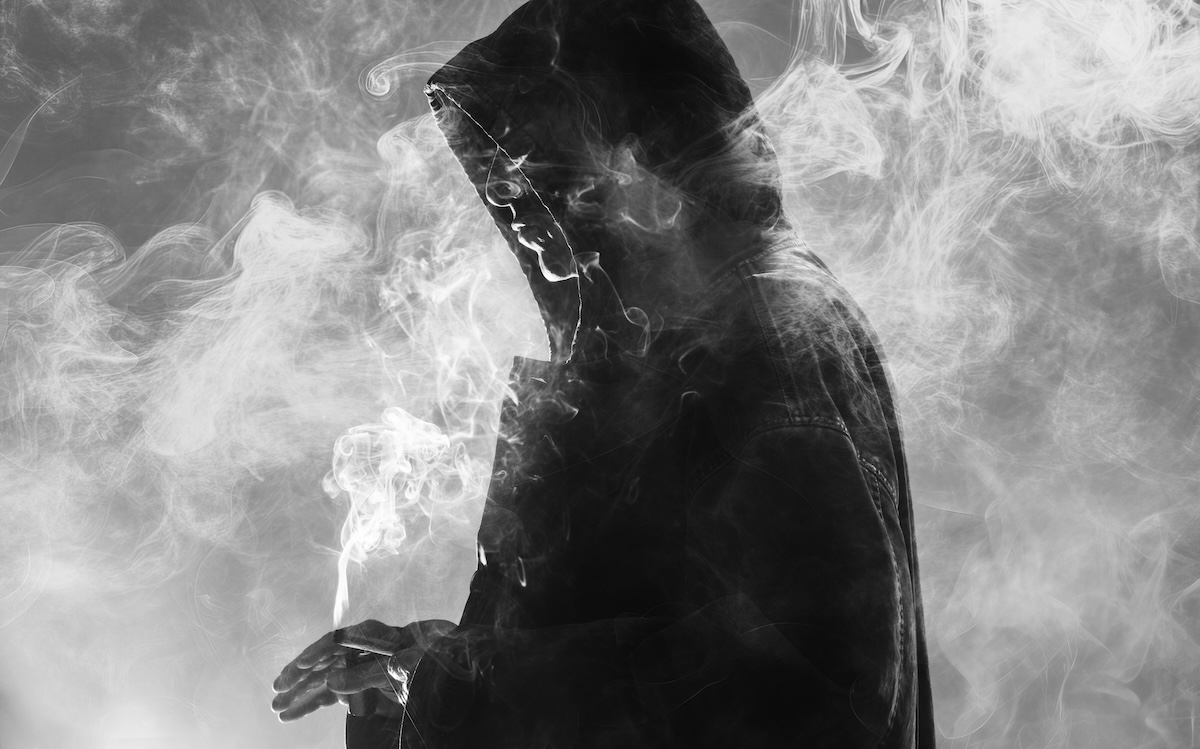
How do you approach sound design? Do you approach it differently now than when you did back in the ’90s?
Not so much, really. Just still trying not to overproduce and make enough space for every instrument that’s there, instead of putting too many things and then having to fight it in the mix to make it all work. It’s much easier with computers instead of back then, [when] we were using drum machines and tape and SMPTE time code, locking things up. It was a lot harder to get into making beats. You couldn’t just go out and buy loops and figure out with YouTube how to make beats. Back in the day, you’d buy an MPC drum machine, you had this thing with 16 sounds in it that sucked, and you had to find sounds and put them in there and make songs, you know? It’s a different era.
You’ve said before that you “let the synths talk.” What does that mean to you creatively?
You’re always turning knobs trying to find something new or different. And then you’ll have those happy accidents. That’s where all the cool stuff happens. I might play a keyboard part on one keyboard and then assign it to another keyboard, and it does something crazy.
How much of your process is about technical perfection versus emotional instinct?
It’s a natural balance, a yin-yang type of thing…half technical experience, from doing the same thing over and over and seeing when you’re going down bad paths and stuff, and half just emotional flow state, as people are starting to call it.
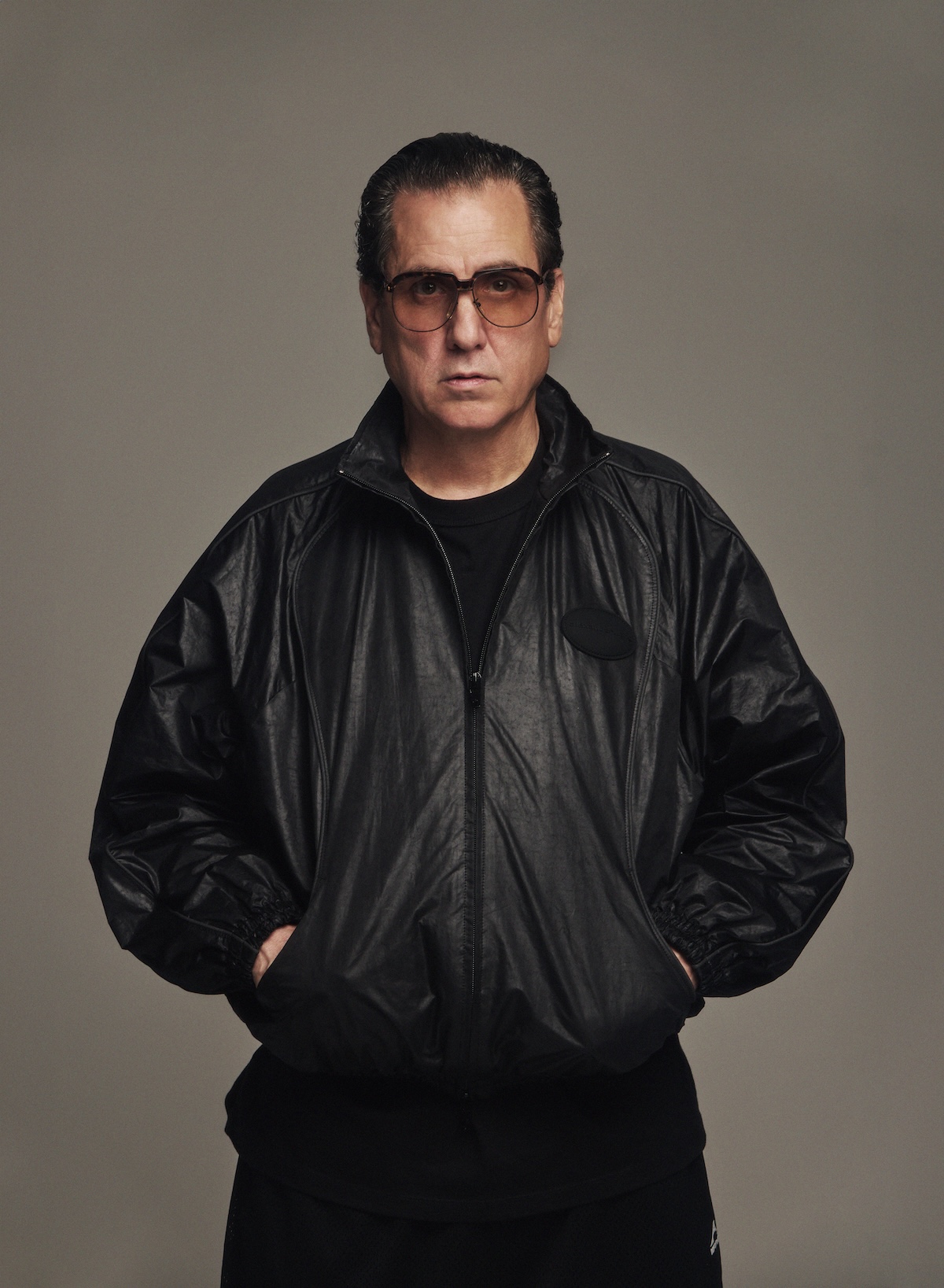
Like getting in the zone?
Yeah, stream of consciousness.
You’ve worked in a lot of different genres. What do you think ties all of your work together sonically?
My chord voicing and leading notes. I choose to put chords together, and what note goes on top, that turns into what inspires the singer or the rapper.
You’ve worked with Kanye, Travis Scott, The Weeknd, Beyoncé, so many major artists. What do you think makes a collaboration truly work?
Patience and trust. They have to trust you to let you do your thing, which everybody does now. Earlier on, I had to push more to get my ideas across. Now, I just put too many ideas and let the artists pick through it a lot of times, let them thin it out, sit with me, and arrange stuff.
Is it a back-and-forth type thing, where you’ll let them listen and then they come back with feedback?
Beyoncé is a good example of that. It was her Renaissance album I worked on. I did all those songs. They sent me the songs to work on, and I just sent them the fuck out. I just played synths all over them, and then sent it back to her and she’d sit with her engineer and arrange what I played and where she wanted it. I never heard it again until it came out. That’s one work state that I don’t do very often, but I do enjoy it.
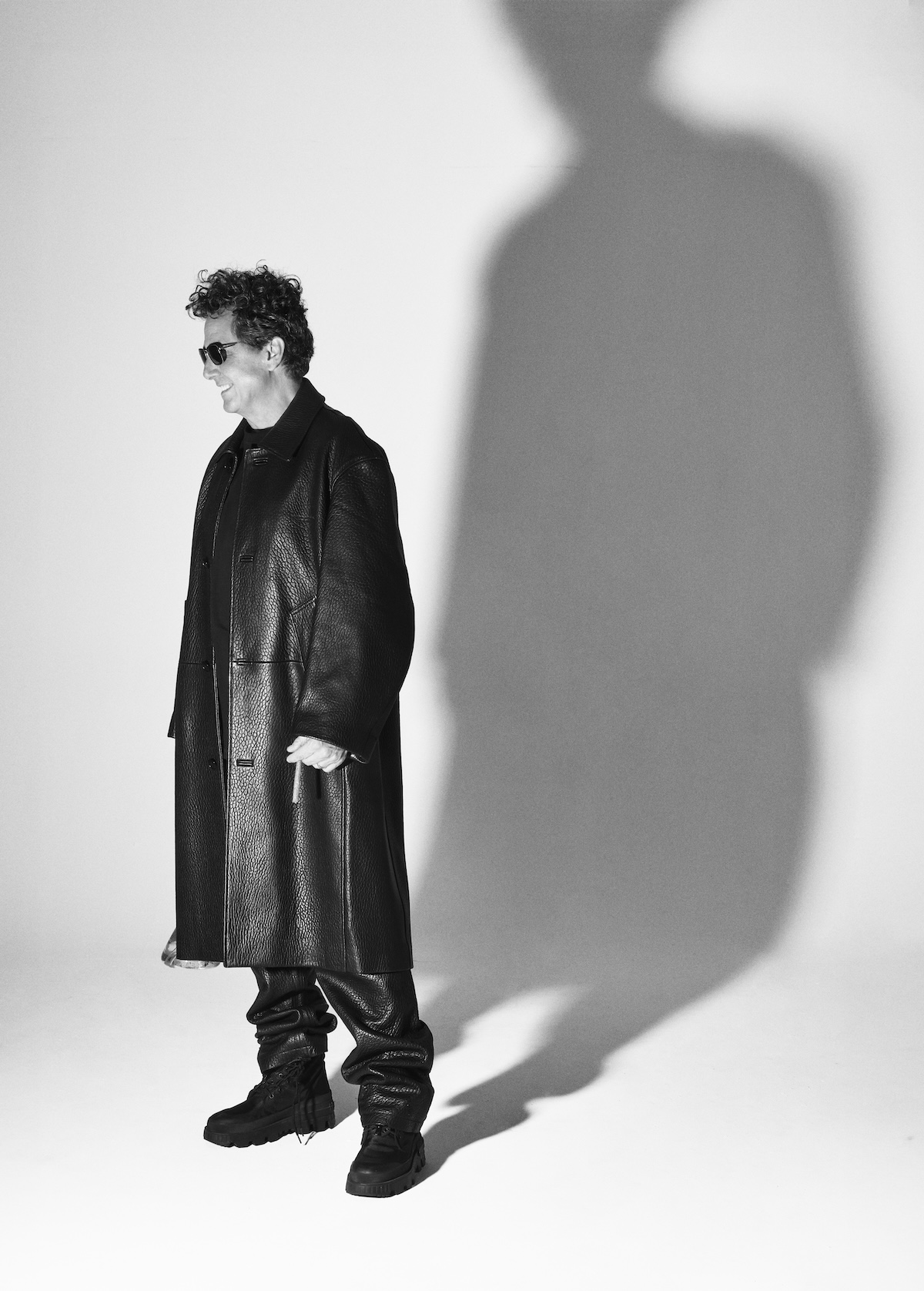
How do you balance contributing to an artist’s vision while keeping your own creative identity? Is that something that you even think about?
Not really. It just happens. I don’t really need a producer tag. I kind of have a sound people can feel, and it’s me. Or hopefully, they can. Sometimes you get into a flow state with the artist where that’s like the perfect situation. Working with Abel [The Weeknd] on this last album, towards the end of the album, me and him were just in the studio, just locked in, just finalizing stuff. And that’s when it gets exciting to me. It’s when you have 72 hours to turn in and you have 144 hours of work to do, and you just do it.
You’re deadline driven.
Yeah, I like a deadline. That’s the only way I got my 4:25 album done. I knew I wanted to drop it around 4/20 this year, and I just fucked around and fucked around and didn’t start it until 4/10, you know what I mean? I literally did it in 11 days. And then the album came out really, really good. It’s really cohesive because it’s made in such a short time period.
You’ve mentored a lot of younger producers. What’s the biggest mistake you see up-and-comers make?
Business. I think business mistakes…not standing up for themselves. It’s hard. I know some of the DSPs [digital service providers] are changing. It’s hard to get the credits all right, which is very important to up-and-coming producers. I know some of the DSPs, I won’t mention any names, but they’re working on updating their stuff. I’m kind of working with them. I hope to work with them more and get where everybody’s recognized that works on this music, behind the scenes. You used to get recognition during physical projects because it was all printed out. Now, they only put certain credits online. It’s not really fair. Anyway, that’s my preaching for that.
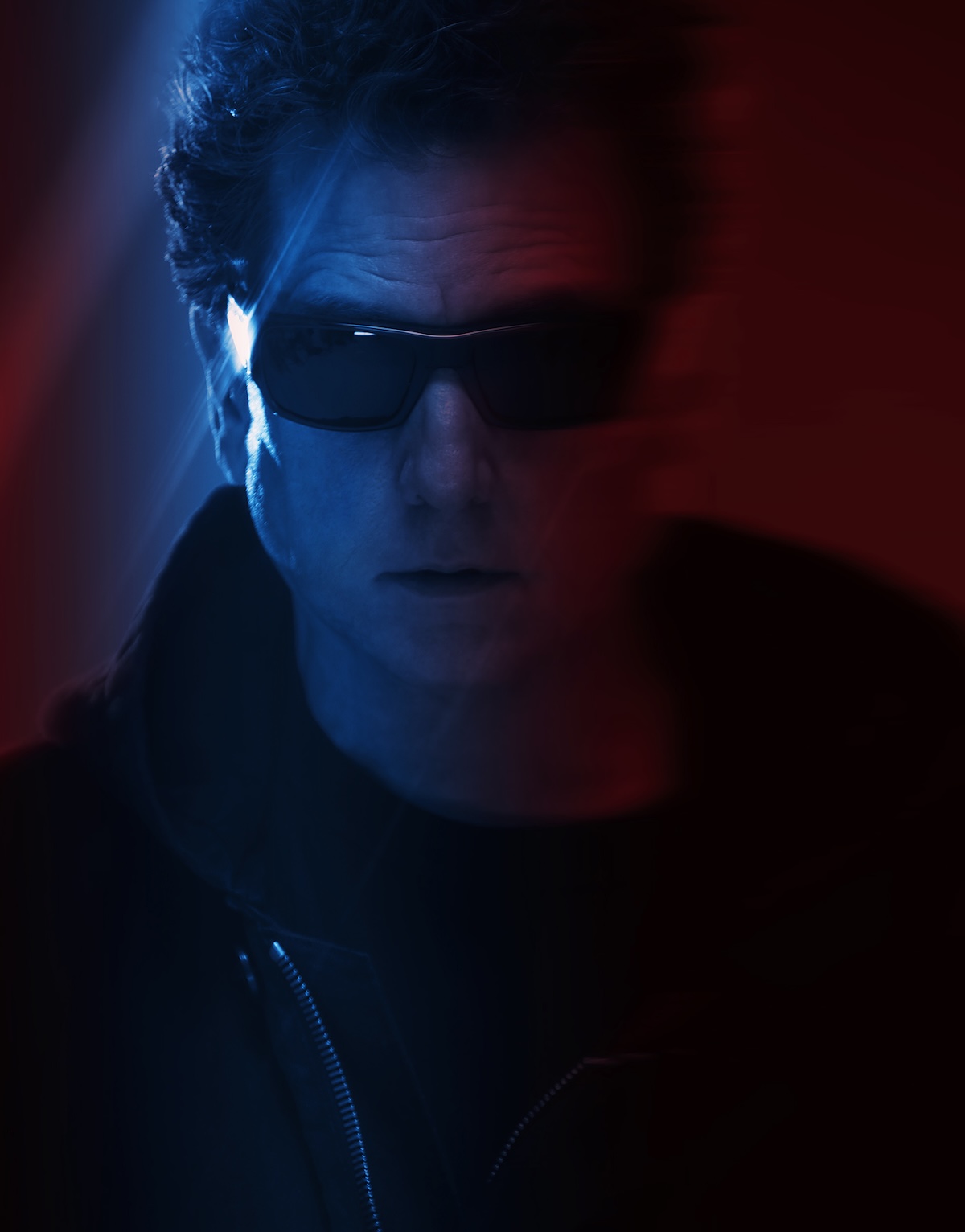
You’ve had a hand in some of the most influential albums in the past three decades. Do you think about your legacy at all?
I think about it. Like I was thinking, what do I have left to prove? I can make a good record. Now I’m kind of doing what I want to do, not so driven by trying to get so many projects out. I used to try to do six albums a year or something. Now, I did two albums last year. Or one really. I did Abel’s album and then toured for four months, working on a few things I can’t talk about yet.
When you look back on your catalog, what moment feels like the biggest creative breakthrough for you?
Probably 2011, 2012, whenever I really made the move from being more of a mixer-engineer, to being a producer. I mean, I was a producer in the ’90s. All the beats we did by ourselves. We didn’t have producers. And then with Kanye, I was just mixing for the first two albums, and then the next two albums is where I kind of came into my own, adding synths and guitar solos. My Beautiful Dark Twisted Fantasy uses that growth, you know?
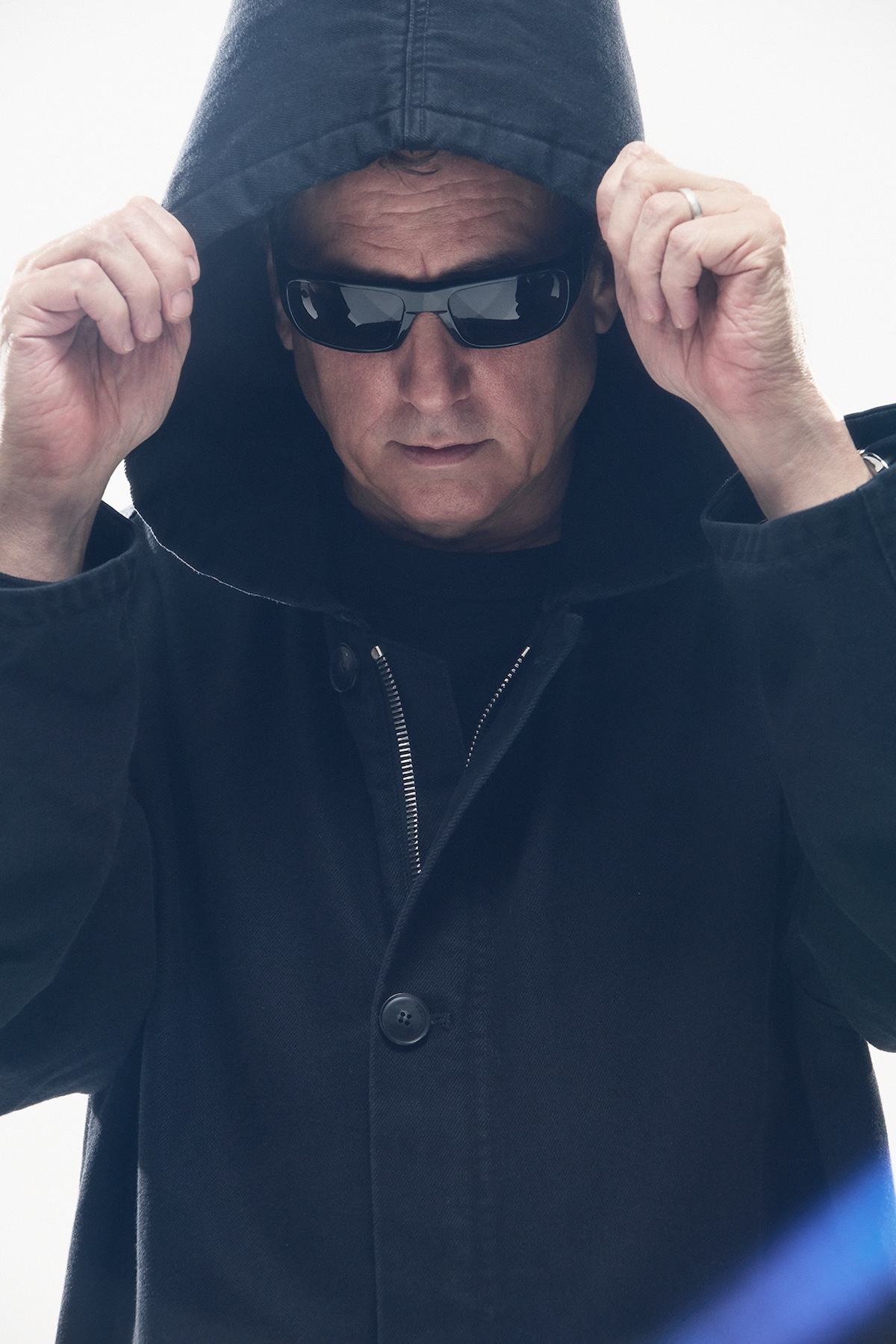
You’ve said before that you can see sound visually. Can you describe what that looks like when you’re in a session?
It’s kind of like a real-time analyzer (RTA), when you see the frequencies. Before there were RTAs, I would always just kind of see it like that. I’d stare between the speakers and see a mountain of low frequency over here and high, you know? George Augspurger, the guy who designed most of the studios in California and made the famous speakers, he taught me how to tune rooms and he always said that doing music in a room is like pouring water from a pitcher into a glass. If you pour it too fast or pour too much, it just splashes everywhere. You want to pour it in smoothly. And that’s the way I look at sound, too, like water flowing. Too much of one frequency and it shakes everything up. You’ve got to balance everything.
What’s the most misunderstood part of being a producer?
That it’s really easy and you just hang out and smoke weed and listen to music real loud. Yeah, it’s a little more than that.
How do you define success at this point in your career?
I don’t know…just helping more people come up in the business. To have more people that I work with be successful. That’s important to me. And just continuing to push the envelope with sounds and technology.
Do you feel like you still have anything to prove?
I mean, nothing to prove, but I want to keep on the forefront of everything, just keep in tune with the youth and what they’re doing.
I want to be remembered like all the greats one day. In 200 years, hopefully people are still talking about Mike Dean’s music, you know? How did he make so much music in his lifetime?

